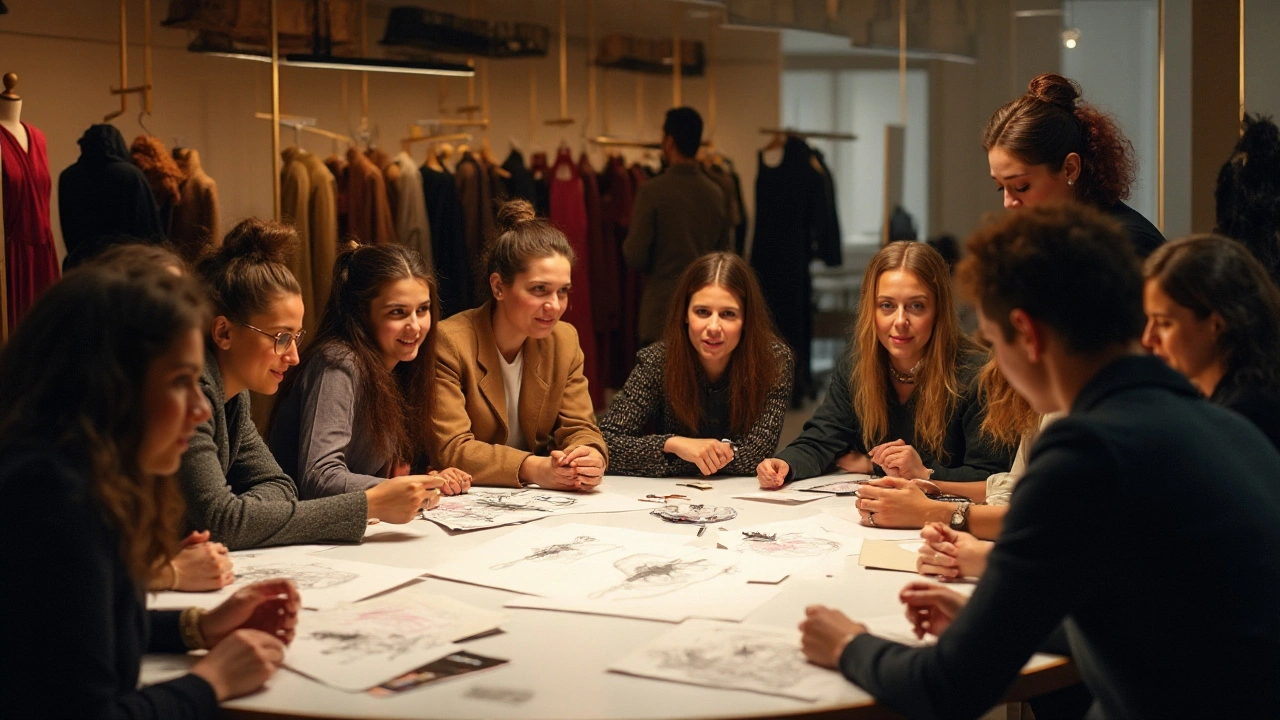International Style explores the breadth of global fashion as it evolves to encompass cultural diversity and technological advancements. With designers drawing inspiration from across the world, there's a melding of traditions and innovations redefining what fashion means today. The future of fashion is marked by sustainable practices, tech-integrated wearables, and the blending of cultural aesthetics. This article delves into the exciting developments shaping the future international style, offering insights into how these trends are creating a more inclusive and innovative fashion industry.
Future of Fashion: Tech and Sustainability You Can Use Today
Fashion is shifting fast. New tech, smarter materials, and different business models are changing how clothes are designed, made, and worn. If you work in design, run a brand, or just love clothes, this page gives clear, practical trends to watch and act on now.
First, expect personalized design powered by AI. Designers already use AI to speed up mood boards, suggest color palettes, and predict what customers will buy. That doesn't replace creativity — it focuses it. Tip: test an AI tool to generate 50 colorways in an afternoon, then choose the best three and tweak them by hand.
Next, wearable tech moves from novelty to everyday use. Think sensors hidden in jackets that track temperature or posture, and fabrics that change color or insulation. For brands, prototype one smart piece to learn manufacturing limits; for shoppers, look for warranties — tech in clothing needs aftercare.
Sustainability That Actually Works
Circular fashion is more than a buzzword. Brands are designing for repair, resale, and recycling. That means fewer glued seams, modular components, and clear care labels that explain repair options. Practical step for brands: add a repair guide to product pages. For shoppers: buy items with repair kits or clear return/resale paths.
Materials matter. Recycled polyester and bio-based fibers are scaling up, but quality varies. Touch and durability still win. When you test materials, check abrasion resistance and colorfastness — those reveal if a fabric can survive real life. Brands should run a simple 100-wash test before launching a fabric widely.
New Business Models and Localized Production
Rental, resale, and subscription models keep clothes moving longer. If you sell high-end pieces, offer a rental option for special events. If you make basics, partner with resale platforms so your items keep value and visibility. That reduces waste and builds customer loyalty.
Localized manufacturing and on-demand production cut inventory risk and shipping emissions. Small-batch laser cutting and 3D knitting let designers test runs without huge overhead. If you’re a small brand, try one on-demand product line to learn lead times and supplier communication.
Finally, transparency builds trust. Brands that share material sources, carbon data, and labor practices earn repeat customers. Shoppers can ask simple questions: where was this made, and how long will it last? If a label answers clearly, that's a good sign.
Fashion’s future mixes tech, durability, and smarter business choices. Try one practical change this season — test an AI tool, add repair info, or pilot a rental item — and you’ll learn faster than waiting for the next big headline.

